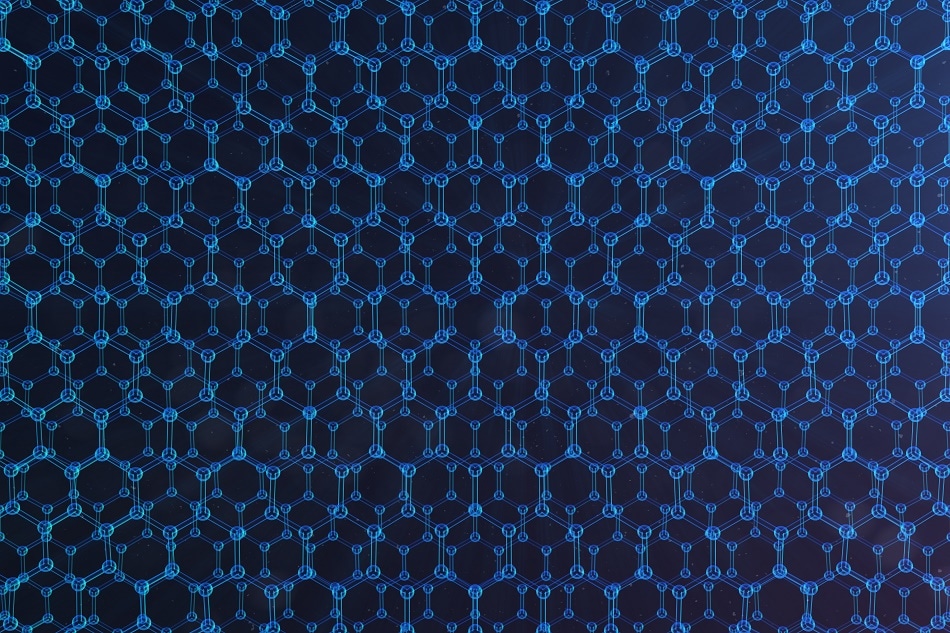
The Internet of Things (IoT) has fundamentally changed the way we live and operate as it impacts mobility, makes houses smart and factories more productive.
This system of interrelated devices has long been a presence in our everyday, from the first modified Coke vending machine that could report its inventory and thus self-manage its stock levels, to state-of-the-art gadgets we have in the ‘smart home’ to create the idealized living environment. There has been something of a revolution over the past 30 years concerning the transference of data over networks and systems without the need for human-to-human or human-to-computer exchange.
Now, researchers at the University of Manchester believe graphene could be set to have a major role to play in how the future of the IoT shapes up. The team has recently developed humidity sensors that are constructed by layering graphene oxide over graphene, embedded into RFIDs, thus creating a workable structure with the capability to connect to a wireless network.
The team believes the sensors harvest their own power meaning they can function without an additional battery, which would make them more lightweight and cost effective. “Battery-free wireless sensing is in the heart of IoTs technology, allowing collection of information about the immediate state of the object without the need of batteries,” the team stated in their research, published in the journal Nature. Moreover, the team believes that these new sensors could be easily mass produced, and the battery free component significantly lowers cost.
Graphene has had much increased publicity since its discovery in 2004 by Andre Geim and Konstantin Novoselov at the University of Manchester. The pair subsequently went on to win the Nobel Prize in Physics in 2010 for their experiments relating to two-dimensional graphene. The applications of this ‘wonder material’ are wide in scope with advances in mobile battery technology, microscopy, biological engineering, and even automotive as the UK based Briggs Automotive Company (BAC) launched a new track-car this year in which every carbon fiber body panel was graphene-enhanced.

